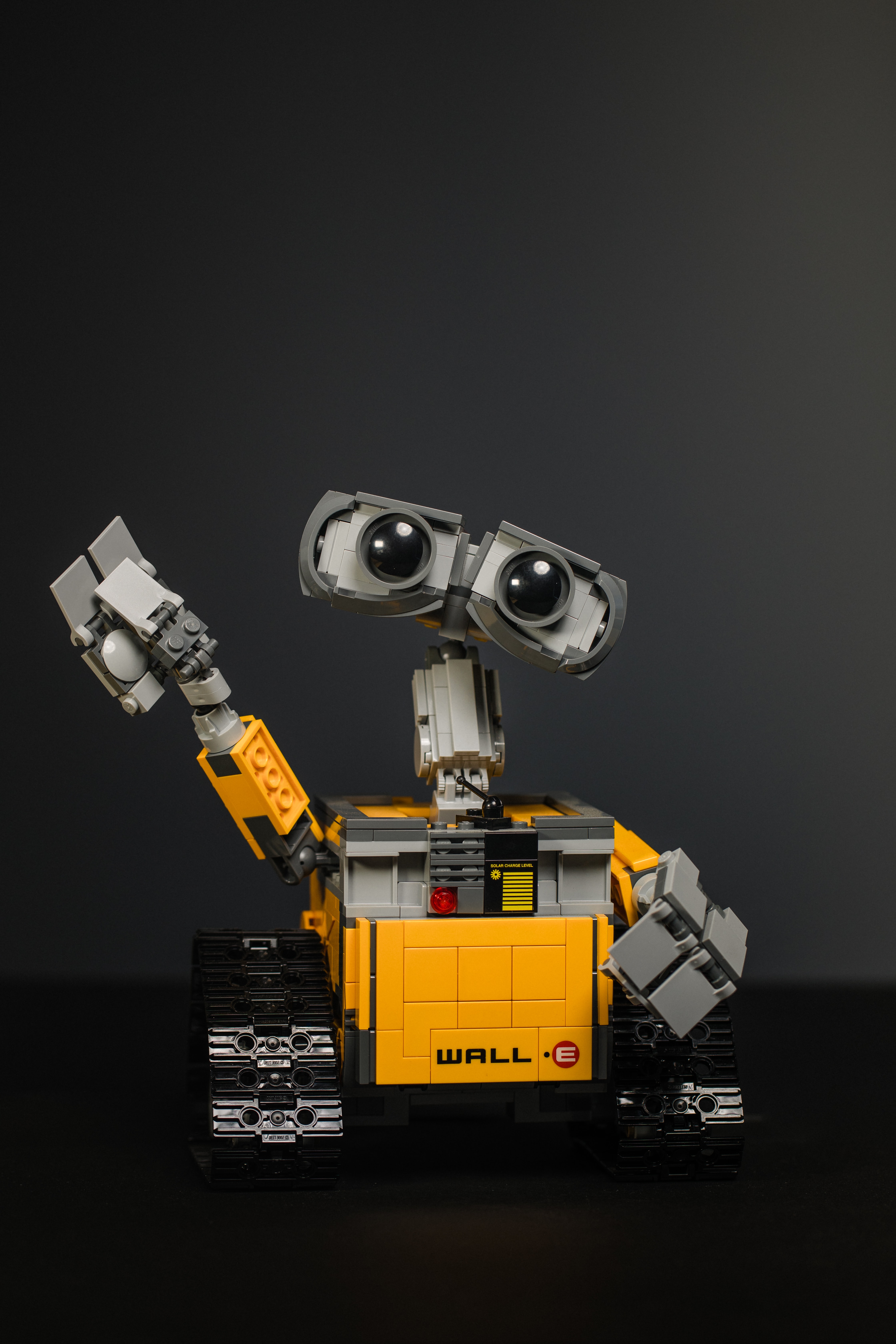THREE MAIN CATEGORIES OF DRON

Known as an unmanned aerial vehicle (UAS) or unmanned aerial vehicle (UAV), a drone is virtually any aircraft that flies in the sky without a pilot, regardless of whether it flies independently or with a remote control on the ground. As you’ve probably noticed, they’re becoming more common as technology advances rapidly.
In fact, drone sales are expected to grow from 2.5 million in 2016 to 7 million in 2020, a staggering 180% growth. This means that newer and more versatile versions of them are constantly hitting the market, making it difficult for different models to survive.
To make matters even more confusing, there is currently no official main classification or setting of standards for different types of drones! We want to make things easier to understand. We have divided drones into three main categories and discuss the main advantages and disadvantages of each drone type as well as typical applications.
Here are three main types of drones, most of which have been developed:
Wing made
The fixed-wing drone consists of a rigid wing and is designed to look and function like an airplane. The difference between drones of fixed wings and other types is that they cannot stay in place with vertical hoisting rotors, but slide on a fixed path for as long as energy allows. This means that they can be much more effective compared to the other two main groups of seals.
Fixed-wing UAVs are well known in the military because they are often used when manned flight is considered too risky or difficult. They are also used in the commercial industry.
Advantage:
The average flight time is a few hours and can be up to 16 hours or more if the drones have a gas engine
Fixed wings can fly at high altitudes
They are more forgiving in the air than other models
And it has the ability to carry more weight
Disadvantages:
Forced drones can be expensive
Usually training is needed to fly it
In most cases, a launcher is needed to launch a fixed-wing drone into the air.
They are harder to land than the other two drone classes
And they can just move forward and not float in the air
NORMAL USE:
Because fixed-wing drones are more knowledge-based in design, they are often used for commercial purposes such as air mapping, inspection, agriculture, construction, security, and surveillance.
Then look at the AgEagle RX48 agricultural drone. It can be flown independently with Botlink, which is launched manually, and is a low-cost alternative to the fixed-wing drone.
Simple rotor
Single-rotor drones are powerful and look and feel like real helicopters. They have a large rotor that looks like a large rotating blade, as well as a small rotor in the tail for direction and stability.
Advantage:
Single-rotor drones can float in vertical air
They are built to be durable and durable
They have a long flight time that increases when the drone is powered by gas
And a large payload
Disadvantages:
Single-rotor is more difficult to fly than multi-rotor drone types
They can be expensive
These drones have complexity
And can be dangerous due to heavy rotating steel
NORMAL USE:
Research, antenna LIDAR laser scanning, mapping.
Multi-engine
The most popular type of “sky-watching” drone is the multi-engine drone. This is a popular choice for aerial photography, filmmaking and surveillance. It is used by both professionals and enthusiasts due to its small size and ready to fly out of the box.
Multi-rotor drones are also the manufacturer’s easiest and cheapest drone option. They have different rotors in the frame and can be further classified based on the drone chassis number. There are tricopters (3 rotors), quadcopters (4 rotors), hexacopters (6 rotors) and octocopters (8 rotors). Quadcopters are by far the most popular multi-rotor drones.
Advantage:
Multi-rotor drones are easy to control and steer
They have the ability to float
They can ascend and descend vertically
And are very stable
Disadvantages:
Multi-rotors have limited flight time (usually 15-30 minutes)
They have only small load functions
And most of the drone energy is used to fight gravity and stabilize it in the air
NORMAL USE:
Air and video inspection, leisure, agriculture, construction, security.
